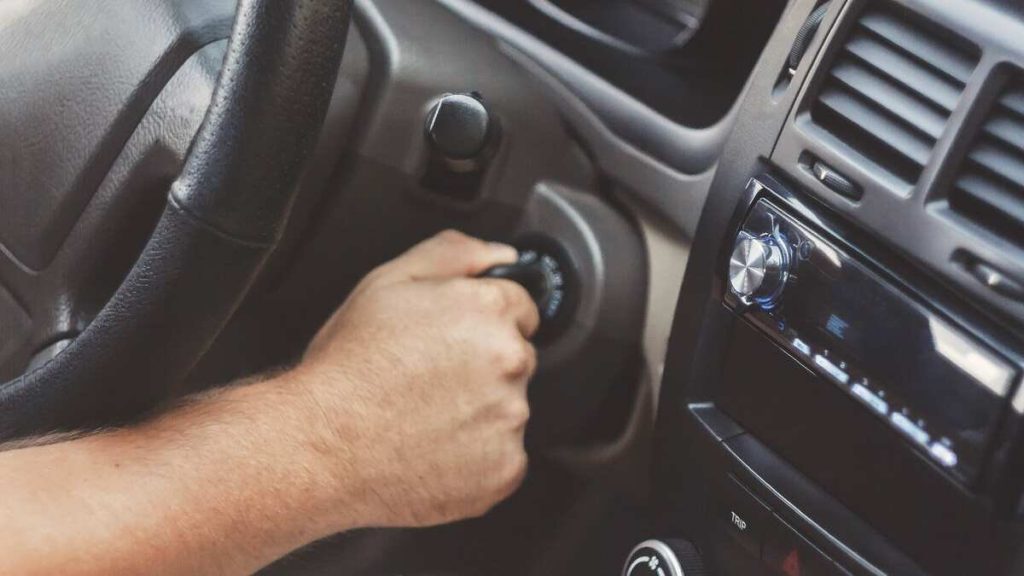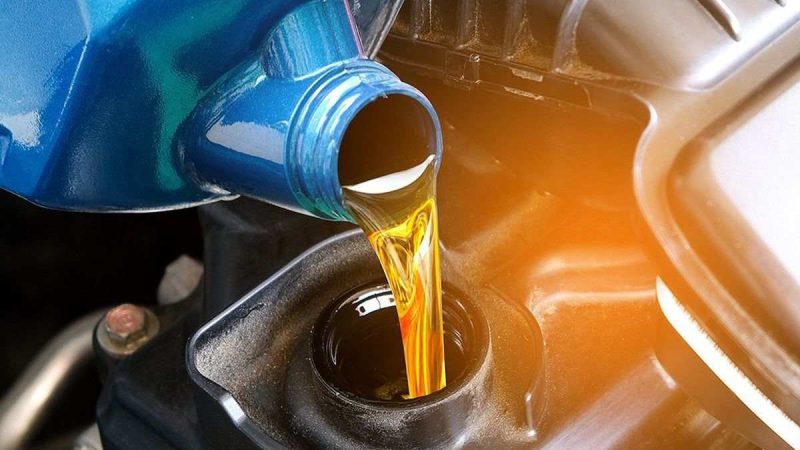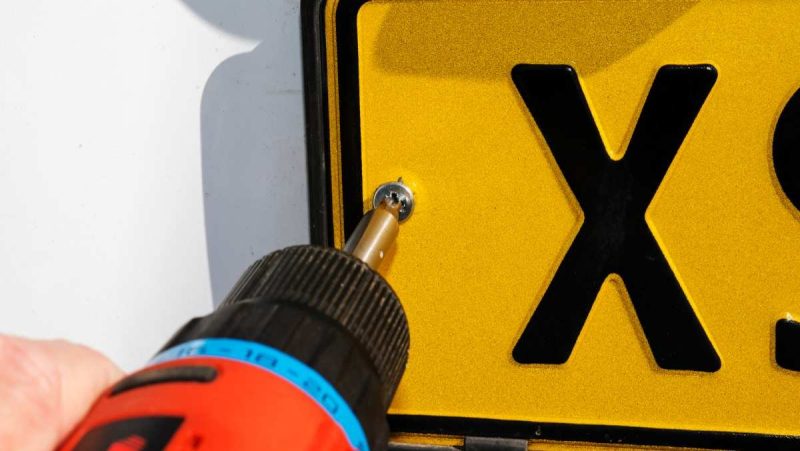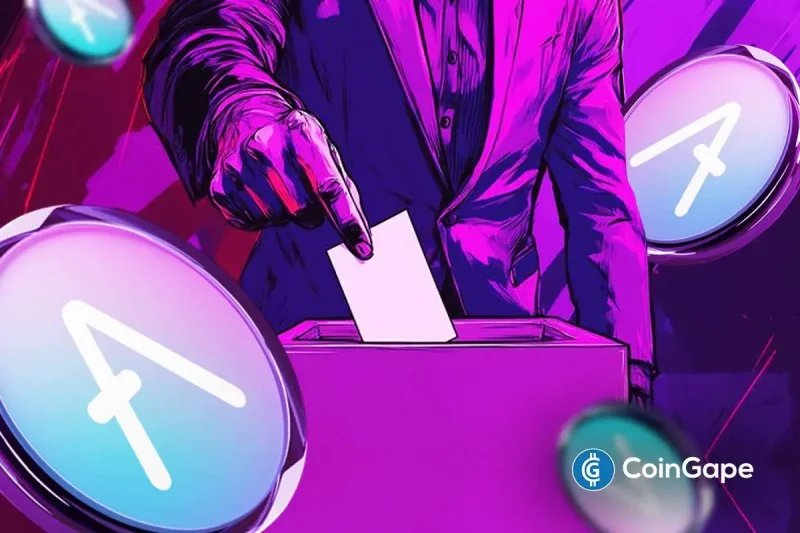How To Start A Car With A Bad Starter [5 Easy Ways]

Learn how to start a car with a bad starter with simple tools and little technical know-how.
We’ve all been there — you know, wanting to start your car or truck but the darn vehicle just won’t start. While this problem can be caused by a host of different mechanical issues, a bad starter is one of the most common.
Don’t you just wish you drove an EV instead of an internal combustion engine vehicle? At least you never have to deal with a bad starter.
Not only will this guide provide you with the best tricks for starting a car with a bad starter, but it also highlights the most common causes and symptoms of the problem. Let’s begin by describing what a starter is and what it does.
IN THIS GUIDE
What Is A Starter
A starter is a small motor that turns electrical energy into mechanical energy used to crank and start your engine. It’s powered by your car’s battery via a starter relay.
Since internal combustion engines are feedback systems that can use the inertia of each cycle to continue running without any external assistance, the starter is only needed to kick-start the initial operation and is not in continual use when the vehicle is running.
So, without a properly working starter and starter relay, your car won’t be able to back out of your driveway, let alone get you places. As its power source, your battery also needs to be in tip-top shape.
Symptoms Of A Bad Starter
Like the spark plugs, idle air control valve, or any of your car or truck’s other mechanical components, the starter will usually exhibit a few warning signs when it’s excessively worn, damaged, or no longer working.
Noted below are six telltale signs that there is probably a problem with the starter and the various components associated with it.
1. Engine Won’t Turn Over
The car not starting when you turn the ignition is the most common symptom of a bad starter, often caused by issues with the vehicle’s electrical system or starter solenoid and sometimes by a dead battery.
You’ll need to have the electrical components, including the starter and ignition system inspected by a certified mechanic.
2. Engine Won’t Crank
Sometimes, the starter will activate when the ignition is initiated but the motor won’t crank. When this happens, the gears connected to the flywheel have stripped and/or may become dislodged against the flywheel.
Regardless, the starter is essentially damaged and will need to be replaced for the engine to turn over.
3. Lights Work, Engine Doesn’t
The battery powers most of the electrical devices in your car, including the radio, all the lights, and the starter.
So, if the lights and other electrical devices work when you turn the ignition but the engine doesn’t start, you probably have a faulty starter.
4. Grinding Noise
When the gears connected to the flywheel are worn or damaged, they quite often make grinding noises when you try to start the motor. It’s not uncommon for the grinding to occur inside the starter motor, as well.
This is a serious issue that, if not addressed quickly, can seriously damage the engine’s flywheel, leading to a very expensive repair. Unfortunately, the affected components can’t simply be fixed — they need to be replaced.
5. See Or Smell Smoke
If you see or smell smoke whenever you start the motor, there is a good chance that the starter is overheating due to receiving continued, unabated power from the battery or the starter motor not shutting off after the engine has been ignited.
Possible causes of this problem include a blown fuse, a short circuit, and a fault with the ignition switch. You’ll need to have it addressed quickly so that it doesn’t snowball into a much more serious problem.
How To Start A Car With A Bad Starter
Fixing a bad starter often requires the help of an experienced mechanic, but there are a few things you can do yourself to possibly start your vehicle and get it to the nearest repair shop.
It’s also worth pointing out that starting a car with a bad starter is a little different for vehicles with an automatic transmission than it is for those with a manual. One of the tips provided pertains exclusively to manual cars and trucks.
1. Inspect Connections
This should be the first thing you do. If any of the connections are worn, loose, corroded, or dirty, the starter will have trouble receiving the power it needs to operate properly.
Inspect the starter to make sure all associated components are connected properly and tighten them as necessary using a ratchet. You also want to check for corrosion and excessive buildup of dirt.
Having your vehicle routinely inspected can help avert this problem.
2. Gently Tap The Starter
This old-school technique can be quite effective. All you have to do is gently tap the rear of the starter with a hammer.
How can such a simple technique possibly work, you ask? It’s elementary, my friend.
You see, as your starter wears out over time, the brushes inside develop inadequate electrical contact with the armature. A gentle tap, therefore, helps knock them back into place, facilitating contact.
A few things you should keep in mind when using this technique. First, be gentle with the hammer so that you don’t damage the starter. Second, this is a temporary fix at best, as it won’t work all the time.
Your best bet, of course, is to have the starter repaired or replaced as soon as possible.
3. Bypass The Relay
If you want to know how to start a car with a bad starter with a screwdriver, bypassing the relay is another classic technique that’s worth a try.
The idea is to send 12 volts directly to the solenoidal coil by connecting the starter’s positive terminal to the solenoid terminal with a wire or even a screwdriver with an insulated rubber handle (you know, so that you don’t get shocked).
This sudden burst of power is sometimes enough to jolt the vehicle to life.
4. Jump-Start The Vehicle
The purpose of a jump-start is to boost battery power and is generally not a fix for a bad starter, temporary or otherwise.
However, if the starter isn’t receiving enough power because of a faulty connection, supplying it with a powerful surge of current from a bigger, more powerful battery might just give it enough juice to start your engine and allow you to drive to a mechanic.
5. Push Start The Car
This trick only works on manual transmission vehicles. Also known as bump starting, push-starting involves setting the vehicle in first or second gear, pushing it to a minimum speed of 5-10 miles (8-16 km), and then engaging the clutch to get the engine to turn over and start.
It should be a last resort employed when the other methods fail to get the car started.
Note: Never attempt to push-start a vehicle on your own. Not only would doing so be dangerous for your car or truck but there is also a high risk of injury and even death.
Starting A Bad Starter FAQs
You’ve got more questions about starting a car with a bad starter, and we’ve got answers. Here are some popular questions and our answers to them.
How Do You Know If A Starter Is Bad?
Common symptoms of a bad starter include the engine not turning over or cranking; clicking or grinding noises when you turn on the ignition; the lights, radio, and other electrical devices work but not the engine; and smoke coming from the car.
Get your car inspected by an experienced mechanic once you notice any of these symptoms.
How Do You Tell If It’s Your Starter Or Your battery?
There are few ways to tell if the problem with starting your car or truck is due to a dead battery or a bad starter.
If the car starts after getting jump-started but doesn’t start again when turned off, chances are the battery is at fault. It suggests the battery can’t hold a charge properly.
You’re also likely dealing with a bad starter if the engine doesn’t turn over when you jump-start it.
On the other hand, if your car’s lights work but the engine won’t start, a bad starter might be the issue. The battery powers both the starter and the lights.
How Long Can You Go With A Bad Starter?
Since the only purpose of a starter is to kick-start your engine until it runs on its own, you can theoretically drive with a bad starter until the engine is turned off, assuming you were able to get the starter to work in the first place.
In other words, a bad starter will not cause your engine to stop working once the engine is in operation.
Final Thoughts
You wanted some tips on starting a car with a bad starter, and we provided a list of the most common symptoms of a bad starter and what you can do to get one to work.
The first thing you should do is check that all the connections leading to and from the starter are in good condition. After that, you can try gently tapping the starter with a hammer, bypassing the relay, and jump-starting the vehicle.
If none of these techniques work and your vehicle has a manual transmission, get together with a couple of your friends and see if a push-start will do the trick.
Bear in mind that these methods are all temporary fixes intended to help get your car or truck started so that it can be driven to a mechanic for a proper repair.
Now that you know how to start a car with a bad starter, you might also want to know how to fix a sagging headliner, how much it costs to paint a car, and how to properly dispose of old gasoline.







